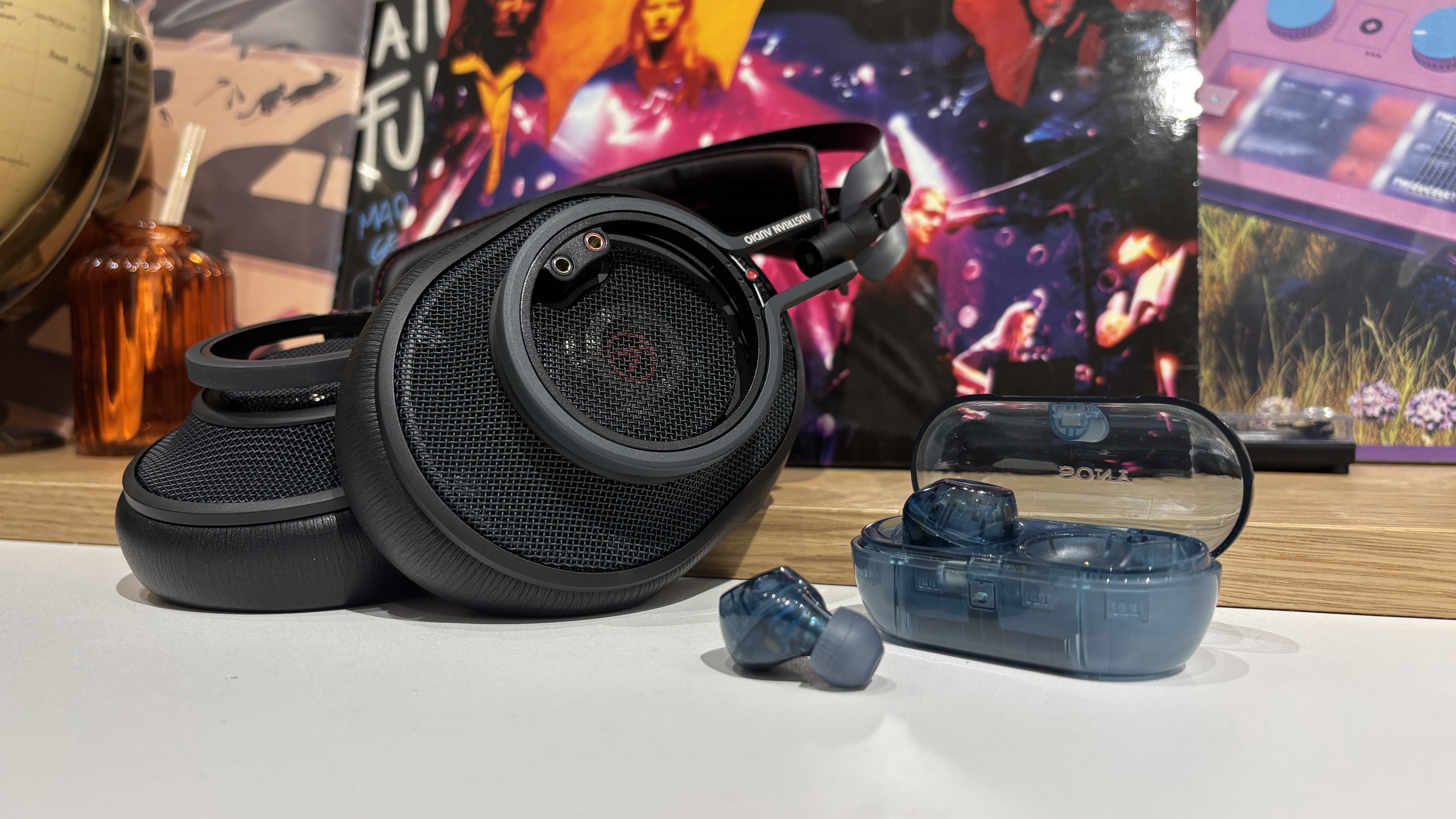OLED TV burn-in is dividing our readers – but they agree on one thing
Things are getting better, but it is still a problem, according to our readers
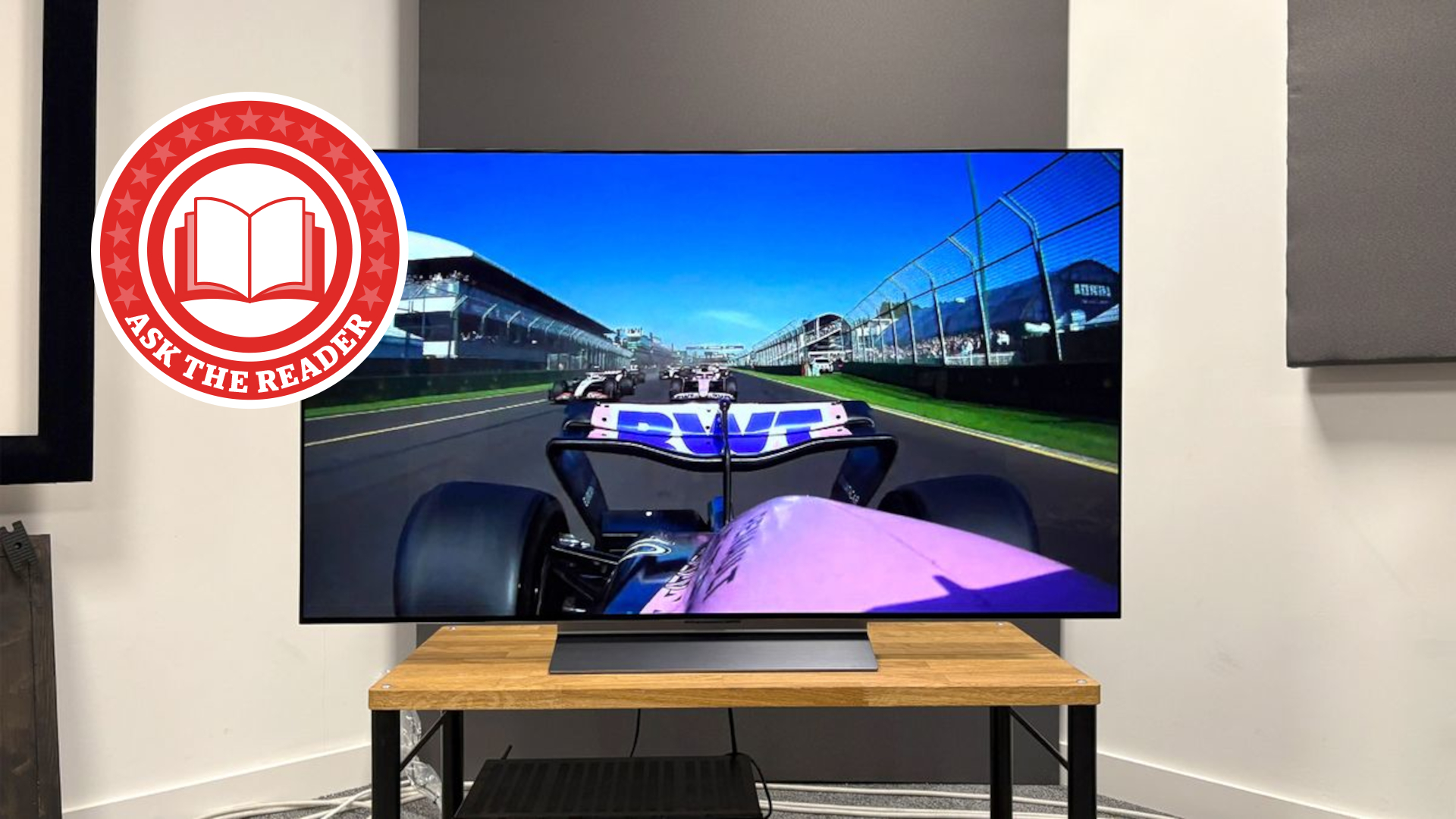
At the start of the month we asked if you, our wonderful readers, are concerned or have ever experienced OLED burn in – a horrible phenomenon where a panel retains a burned-in ghost image.
And we have been flooded with responses. While we had hoped to get a comprehensive answer on whether it is still a problem for owners, or enough of a concern to put off hard-core home cinema fans, it seems the issue remains as divisive as ever.
Thankfully there are a few common threads, showing one clear narrative most people agree on.
Readers are reporting issues
The first and most immediate factor is that, while we have never experienced burn-in ourselves, despite reviewing OLEDs since the technology made its debut more than a decade ago, many readers have.
Looking at our forums, numerous readers report falling victim to the issue on older OLED sets. Many, including well-known member Vism, were even able to share images showing the issue.
“I have an LG OLED77C8, bought in 2017, which now sports a burn in of the red part of the YouTube logo. It's weird because it's the only thing that's burnt in and it's not on screen that often. I've had cricket on for days on end and there's nothing,” wrote Vism.
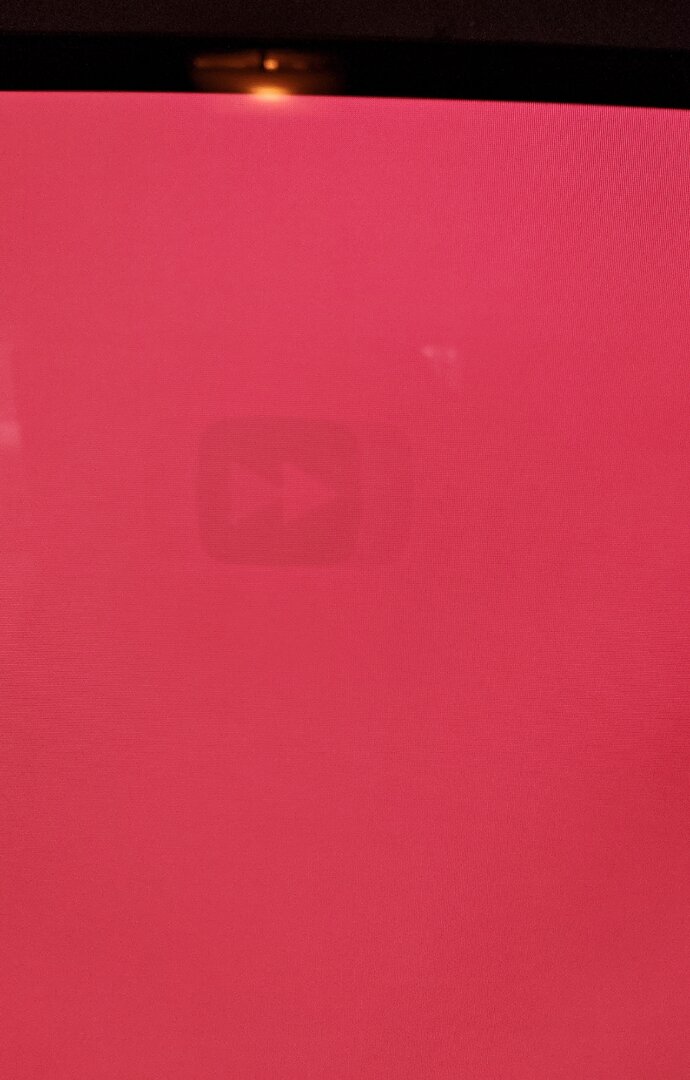
Forum user GU99 reports a spookily similar problem, claiming a ghost image of YouTube’s logo is also appearing on his old OLED.
Get the What Hi-Fi? Newsletter
The latest hi-fi, home cinema and tech news, reviews, buying advice and deals, direct to your inbox.
“Over the last year [I’ve] noticed the YouTube logo has burned into the display. It's more / less noticeable depending on what you're watching. It was an expensive TV at the time and it's still got a great picture but the burn in spoils my enjoyment of it now. The TV has Pixel Refresh and Pixel Shift turned on. Definitely put off buying another OLED.”
Forum user Fodder rounded off the chorus of burn-in reports telling us:
“We bought an LG B7 in March 2018, and mid last year started to notice early signs of burn in on some screens (mostly reds). It's now getting to the point of being distracting on flesh tones during close ups of faces etc [...] We're still looking at an OLED replacement, but if we get burn-in again in a similar time frame I'd have to consider something else.”
But most of you agree things are getting better
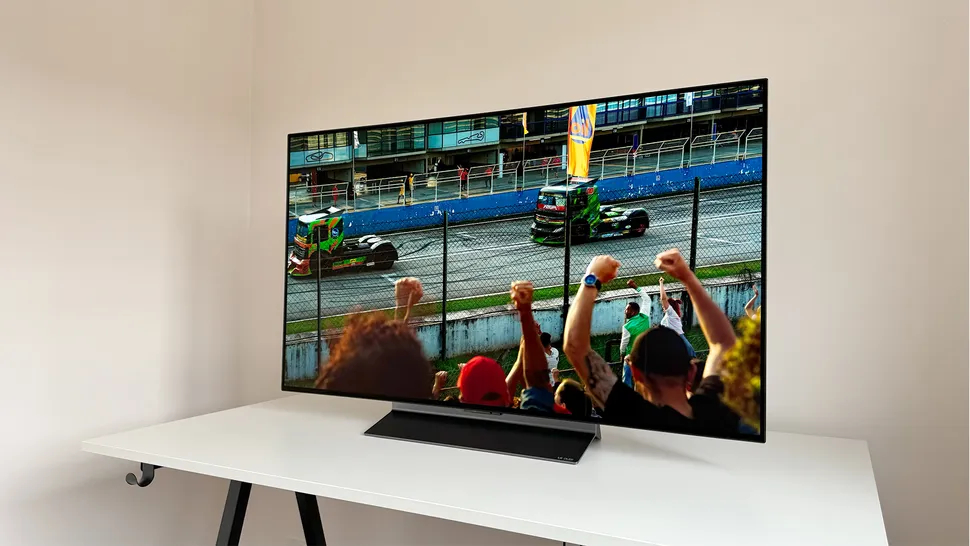
One interesting snippet from the forums is that, while our readers report experiencing burn-in, nearly all the issues being flagged are on older models; most of you agree that it's getting much rarer on newer sets.
In fact, many of the reactions to those readers reporting burn in are from other forum members promising that things have improved with newer models.
Many even go so far as to offer advice on how they are trying to mitigate the issue on their sets, including forum user Solco:
“I think it depends on what you watch; with the plasmas my content consumption was varied. In recent years though, I watch the news much more plus other content with a great big red banner along the bottom of the screen so you guessed it, that's where I saw image retention on my OLED,” he writes.
“I now reduce the TV's brightness when watching this type of material and so far it's not happened again. The superb contrast of OLED still provides good depth to the picture so I find it perfectly watchable. When watching other content I whack the brightness back up. If you're watching mainly films and content without static elements on screen, burn-in should be a non-issue, so I'm not surprised the What-Hi-Fi? review TVs don't suffer any problems.”
On-site commenter Sam S is similarly positive in their response, arguing newer models have much better built-in mitigations, making it far less likely for burn in to occur:
“My understanding is also that across the board, OLED TVs made in the past four or five years have software mitigations that make burn-in in most normal consumer situations more or less a non-issue.
“I even use my 65-inch LG C3 as a monitor for my PC – and even that notoriously 'no-no' behaviour has yielded zero burn-in whatsoever. As long as you practice safe viewing, and do pixel cleaning when it tells you to, I really don't think the majority of people will have any issues within the normal, expected lifespan of the TV.”
What we say
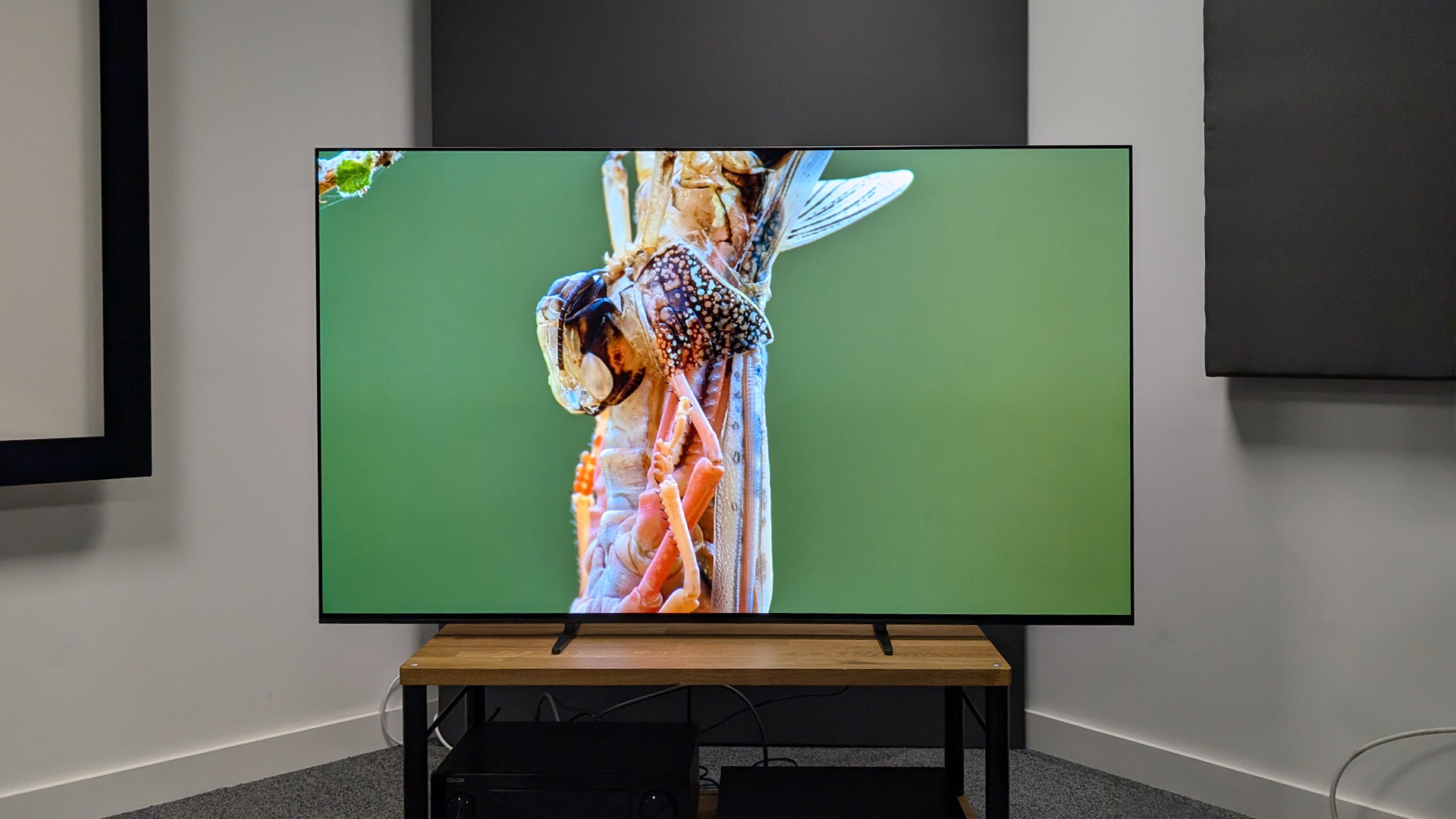

Tom Parsons leads our home cinema coverage and has been reviewing OLED TVs since they first went mainstream, which puts him in a unique position to comment on the issue. Here's what he has to say on the topic and your comments.
First, I would just like to say a big thank you to all of you who wrote to us about your OLED burn-in experiences (or lack thereof).
While we're very thorough with our reviews, we can't during our testing process realistically get close to the thousands of hours that a home user will put into their TV over several years, so your experiences are really insightful and helpful.
It is of course disappointing that some of you are now experiencing burn-in on your OLED TVs (that YouTube logo seems like a real monster!) but my understanding is that the anti burn-in measures implemented by manufacturers are now significantly better than they were in the early days of the technology – to the extent that most of us should never see it.
Of course, we are at least to an extent taking those manufacturers' words for that, but I'm personally not too concerned and have two OLEDs at home, one in the living room and one in the office.
The living room TV is used for lots of different content, so is unlikely to suffer, but the one in my office is used as a monitor, so is on and displaying static elements for around eight hours most days. It has been used like this for 18 months or so and so far, no burn-in.
It's also worth noting that while backlit TVs don't suffer burn-in in the same way that OLEDs can, they are still prone to deterioration and failures of their own. The sad truth is that no TV is built to last for ever.
Ultimately, if I'm going to live with a TV for 5-10 years, I want it to be a great TV. For me, that still means OLED. However, knowing no TV will last for ever, I always make sure I'm getting the very best deal possible, and I would never buy a model that has only just launched.
MORE:
These are the best OLED TVs we have reviewed
Our picks of the best 65-inch TVs
We rate the best gaming TVs money can buy

Alastair is What Hi-Fi?’s editor in chief. He has well over a decade’s experience as a journalist working in both B2C and B2B press. During this time he’s covered everything from the launch of the first Amazon Echo to government cyber security policy. Prior to joining What Hi-Fi? he served as Trusted Reviews’ editor-in-chief. Outside of tech, he has a Masters from King’s College London in Ethics and the Philosophy of Religion, is an enthusiastic, but untalented, guitar player and runs a webcomic in his spare time.
You must confirm your public display name before commenting
Please logout and then login again, you will then be prompted to enter your display name.
